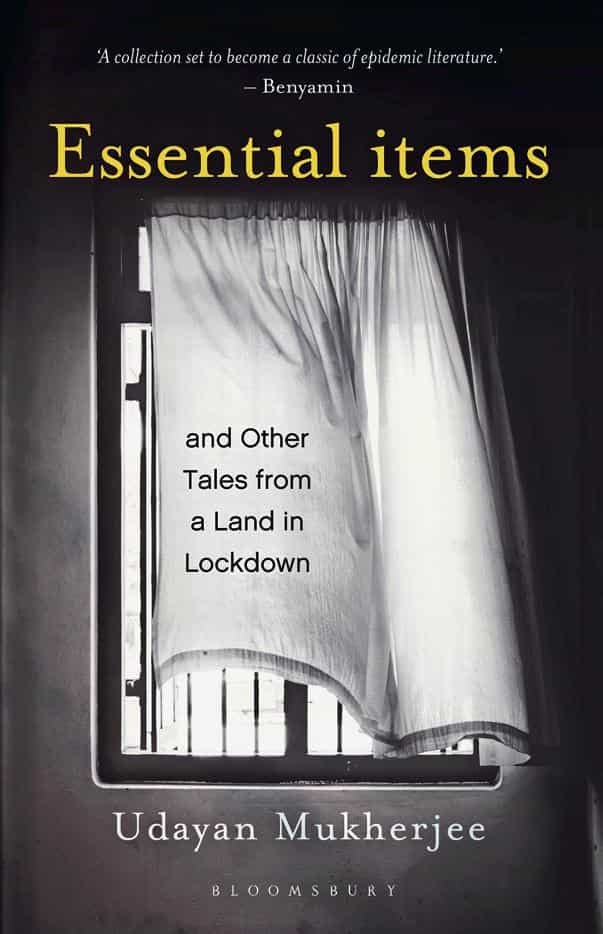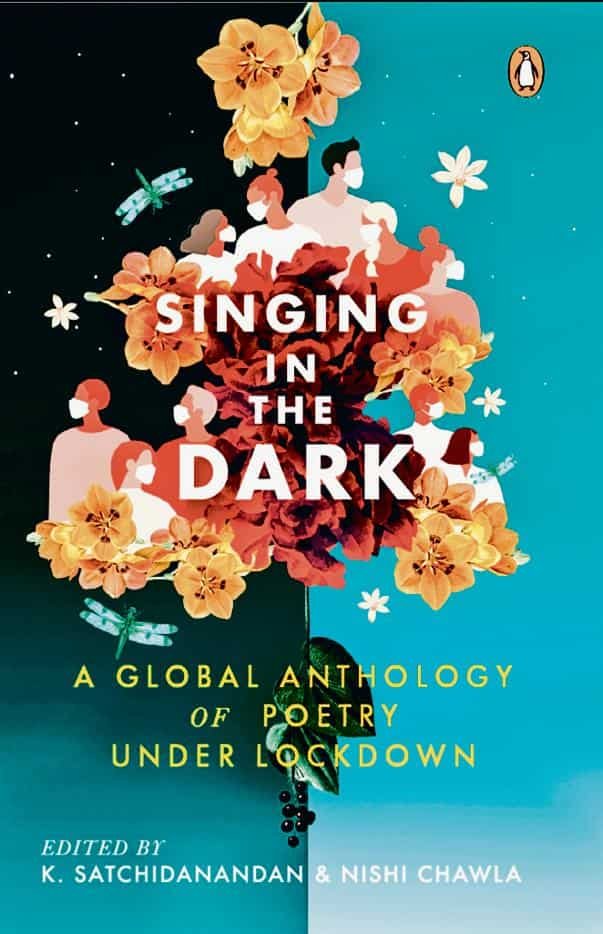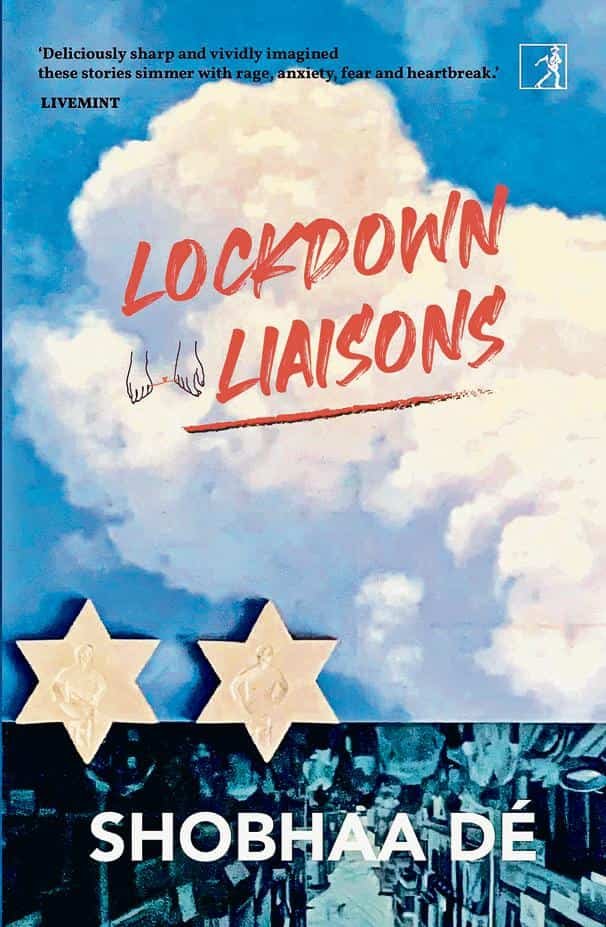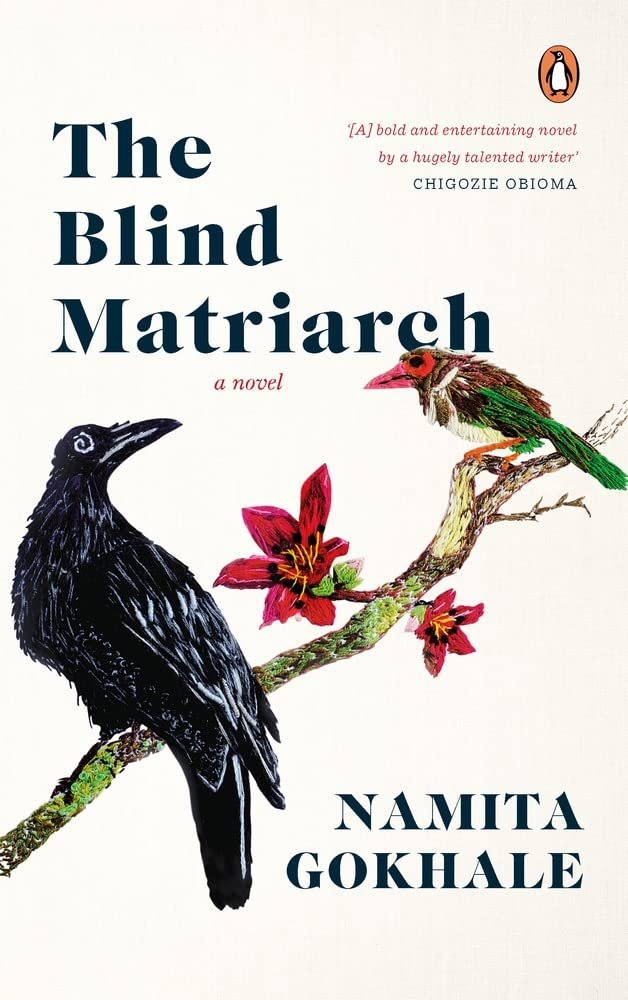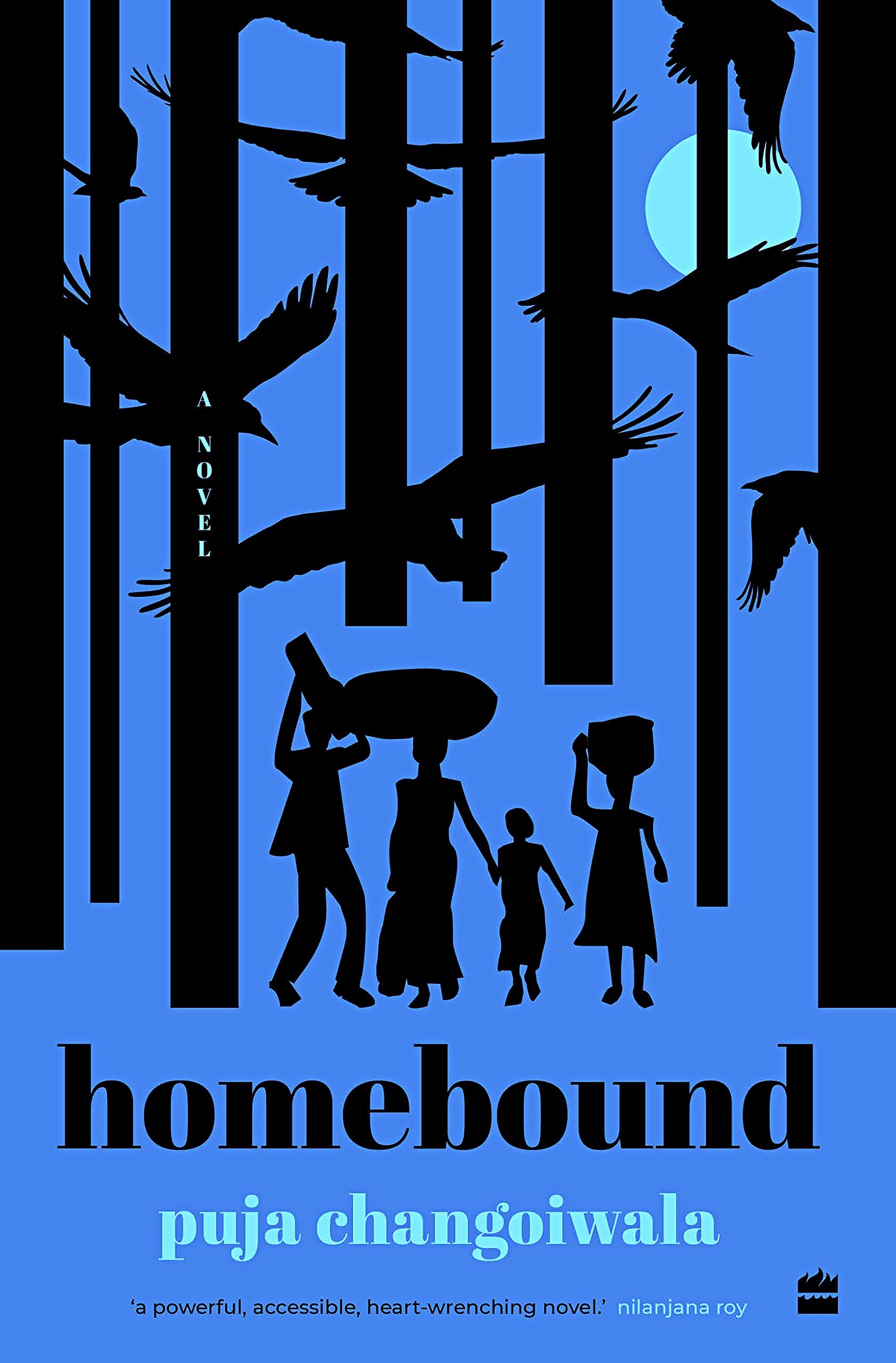Where is the big covid-19 novel?
Events of a certain scale and magnitude have always shown up in literature, influencing not only subject but form. Will covid-19 similarly affect the novel?
When she answers my call, Mita Kapur is sending off an apology email to a writer. She was to write back about their submission nearly 12 weeks ago but has not had the time to get to it, prompting a reminder from the writer.
It’s not as if she has been on a break. Kapur, who heads Siyahi, one of India’s leading literary agencies, has been reading more than ever: “We are all frantically reading, all the time,” she says. It’s just that her organisation has seen an almost fivefold increase in the number of submissions. Ever since covid-19 sent people into forced lockdowns and isolation, literary agents and publishers have been inundated with manuscripts from writers who have finally had the time to work on their novels.
Especially before the second wave of the pandemic hit India in the summer of 2021, many of them took the opportunity to hunker down and work on old, half-finished drafts. Yet others thought it was time to seize the moment and channel their fledgling ideas into dystopian fiction or medical thrillers.
Along with the first flurry of isolation-driven submissions, all sorts of writing gathered steam online. Instagram poetry flourished. In prose, the online writing platform Wattpad saw a surge in subscribers. In late 2020, its country head, Devashish Sharma, told Scroll.in that “from January through April, the number of new stories grew 151%. In the same period, the number of new writers increased by 125%. Writer activity, overall, increased by 200% from January through April. In India, these growth trends meant a 50% increase in reading time, a 30% increase in new stories, and a 60% increase in writers.”
But there is still no big covid-19 novel. Is it too early to expect one?'
“Let’s look at it like this,” says Namita Gokhale, who came out with her 20th novel, The Blind Matriarch, this September: There were no Partition novels till a few decades after the event. “It took that much time to process (it). World War II is still a (very) good subject to write on. And every time we go into World War II, we find more and newer dimensions, or aspects of the war that were overlooked at that time or brushed over. I think that this pandemic will recur in fiction, perhaps with greater depth, in the years to come.” Rahul Soni, executive editor (literary) at HarperCollins India, echoes Gokhale’s observations. “It may take 10 years to address the pandemic (in fiction) in any significant way, or with any depth,” he says.
Expectedly perhaps, the first movers in the traditional publishing spaces were in non-fiction. They were mostly the scientific and explanatory kind, about disease outbreaks and viruses, specifically about the coronavirus. One notable Indian title was The Coronavirus: What You Need To Know About The Global Pandemic by Dr Swapneil Parikh, Maherra Desai and Dr Rajesh Parikh, published by Penguin Random House India (PRHI). It came out as early as March 2020.
In creative writing, the pandemic started showing up first in poetry and short stories . The novel, even just by virtue of the length and approach to world-building it requires, was not even in the race. One of the first responders, so to speak, was Shobhaa De, with her short story e-book series, Lockdown Liaisons, published by Simon and Schuster—now, a year-and-a-half later, actor Lillette Dubey is adapting five of the book’s stories for the stage. Journalist and writer Udayan Mukherjee followed in October 2020 with his book of short stories, Essential Items And Other Tales From A Land In Lockdown, published by Bloomsbury—recently, it was longlisted for the Tata Lit Live Book of the Year Award.
The same month that Mukherjee’s book came out, PRHI had brought out a book of poems called Singing In The Dark, edited by poet and critic K. Satchidanandan and U.S.-based academic Nishi Chawla. It featured over 100 poets from around the world reflecting on what a crisis of such global magnitude meant. “We did realise that poets typically privilege a slow churning of their art, and that not many poets would embrace the idea of immediately responding to the pandemic as it is shaping and reshaping our lives,” the editors acknowledged in their foreword. This need for a “slow churn” applies also, and perhaps more so, to novels.
Currently, there is a sense that while novelists have begun engaging with the pandemic, both publishers and readers are not very open to books about it. “I am already representing two books that feature the pandemic, both are by well-known women writers,” says literary agent Kanishka Gupta, of the agency Writer’s Side. However, there is “major covid-19 fatigue”, he says. “Even if the treatment is fictional and creative”, such novels are being rejected by readers and, in turn, publishers. “Also, publishers feel like (a novel based on the pandemic) has a very limited shelf-life,” he adds. The uncertainty is in whether when things open up, and life regains a sense of normalcy, as it seems to be doing now, more newsy stories set in or featuring the pandemic years will still be of interest.
Inevitably, the recent months have seen a few prominent books directly or indirectly involving the pandemic. While Gokhale’s The Blind Matriarch is primarily the story of a family and its various members who also incidentally experience covid-19 and its consequences, Puja Changoiwala’s Homebound, launched this month by HarperCollins, takes a more granular, newsy approach—it situates itself in the migrant crisis of 2020 to tell the story of a family based in Mumbai’s Dharavi, forced to head back home to their native village in Rajasthan following the nationwide covid-19 lockdown. Last week, PRHI announced that it would be publishing popular writer Meenakshi Reddy Madhavan’s next book, Soft Animal, “about a young couple enduring an unhappy marriage just as India embarks on its surreal COVID lockdown”. The book, Madhavan’s eighth, will be out in 2023.
Through this all, though, an ambivalence about the quality of pandemic-influenced submissions lingers. “A lot of people are addressing the pandemic itself but that’s almost like just doing something timely to make a submission,” says Poulomi Chatterjee, editor-in-chief and publisher of Hachette India. “To me, nothing else has changed otherwise…. I haven’t yet seen a change in what (authors) are submitting, or a change of form in literary or commercial novels,” she adds.
Barring novels that have featured the pandemic largely in the background, like Gokhale’s, the general consensus is that any attempt to write a “pandemic novel” any time soon may see only superficial and not very well-considered results. It would be as bad as some hastily put-together drafts “swapping out a fascist regime for dystopia as a trope”, notes one publisher. A chunk of the drafts agents and publishers have been inundated with in recent months have tried this tack.
At Siyahi, however, swimming in a sea of submissions, Kapur is already seeing a slight change in the very way the novel is being written. “There is a coincidence (of the pandemic years) with a generation of writers who are willing to experiment. The very physicality of the situation—there has been loss, grief, paranoia, and emotional suffering on so many levels—is bound to impact the way you think, imagine, dream and the way you plot your next move,” she says. The change may not be “ubiquitous”, Kapur adds, “but I can assure you that there will 100% be an experimentation with voice, in character development, and in the way a story arc develops. I am seeing all of this in a few of the books that have come to me, and it’s quite fun to read.”
When the consequences of the Industrial Revolution and World War II started to inform novels written in English, these were the very elements through which the form began to change, ushering in Modernism. Today the novel, which Soni calls “a shape-shifting, accommodating form that’s not dying any time soon”, is possibly seeing glimmers of such change again.
This story was first published in Mint Lounge on 27 November, 2021
